
Electric bikes are revolutionizing how we move, making commuting, fitness, and outdoor adventures more accessible and fun. They are useful as both a fun recreational tool and a powerful alternative to car ownership, making them a versatile tool for millions of people in the US and around the world.
Whether you’re looking to reduce your carbon footprint, avoid traffic, or enjoy a boost on uphill rides, there’s a lot to love about e-bikes. And now that the holiday shopping season is bearing down upon us, more people than ever will likely be hopping on a new e-bike soon. But before you dive in and get your own, here are 10 essential things you should know.
1. Understand the different classes of e-bikes
In the US, e-bikes come in three main classes, each with different capabilities. These classes impact the bikes’ speeds and how the motor is engaged, meaning they will have a large effect on how and where you may use your e-bike:
• Class 1: Pedal-assist only, 750W max power, and max speed under motor power is 20 mph (32 km/h).
• Class 2: Pedal-assist or throttle, 750W max power, and max speed under motor power is 20 mph (32 km/h).
• Class 3: Pedal-assist only, 750W max power, and max speed under motor power is 28 mph (45 km/h).
Not all states in the US use the three-class system, but most do. You should check to see if yours is one of them. While it won’t matter which class of e-bike you have for most public streets and bike lanes, there are some areas, such as mountain bike trails or specific bike paths, that can be limited to only Class 1 e-bikes. Understanding these class distinctions is important because they can determine where you can legally ride and how fast the bike will allow you to go.
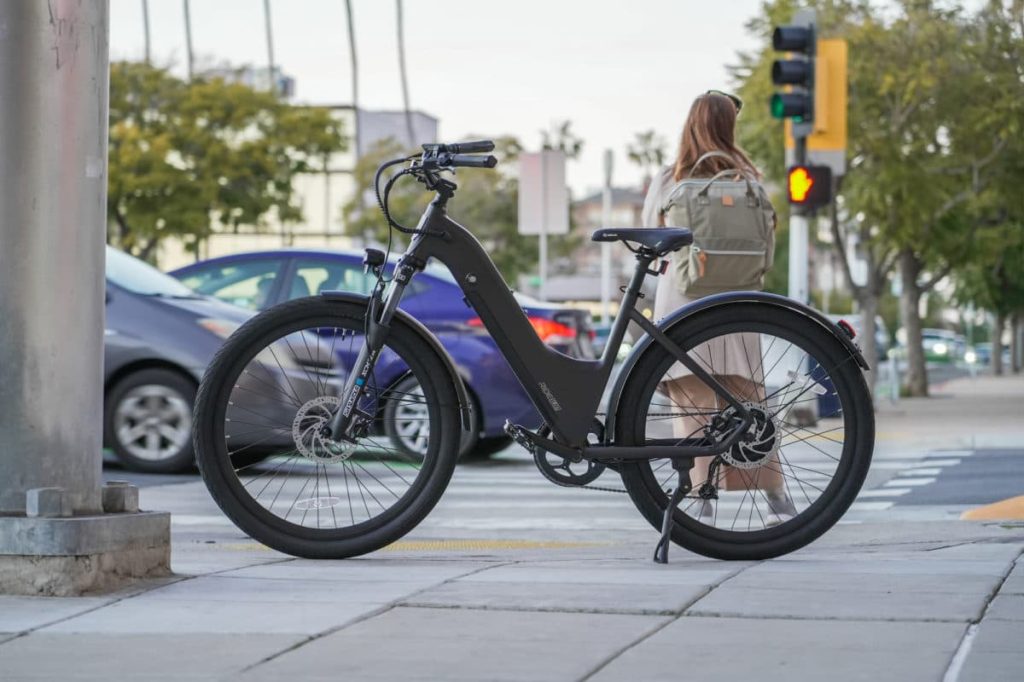
2. Range is key (but not always accurate)
When shopping for an e-bike, pay close attention to the range, which indicates how far you can travel on a single charge. Range can vary based on factors like terrain, rider weight, and how much you use pedal-assist or throttle.
Most e-bikes claim a range of between 30-60 miles (and some considerably more), but many of these ranges are unrealistic. They are usually calculated by using the lowest pedal assist level, resulting in longer ranges per charge by operating the bike in its lowest power mode.
Unless the company is specifically listing ranges for each power level, then a general rule of thumb is to cut the advertised range figure in half to get a realistic real world range, especially when considering a throttle-powered e-bike, since many e-bike makers don’t list the throttle-only range.
Another way to compare ranges is to ignore the actual mileage figure and instead compare the battery size, usually listed in watt-hours (Wh). This is the true capacity of the battery, and a more standardized basis for comparison. The weight and design of different bikes can still cause mileage differences, but comparing watt-hours is still the best proxy for true range comparisons.
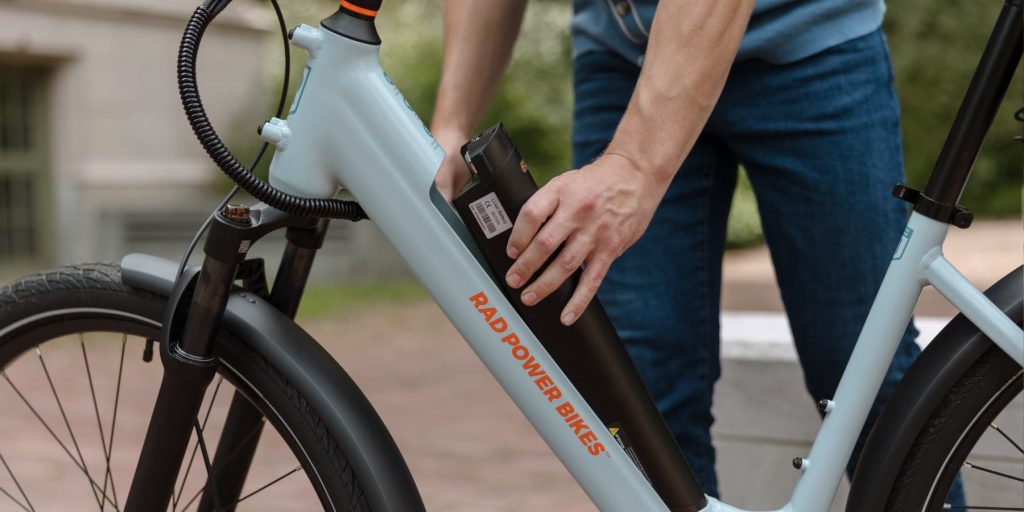
3. Consider your needs when choosing an e-bike style
There are dozens of different ‘style’s of e-bikes out there, from utility and cargo e-bikes to folders and fitness e-bikes, and everything in between.
If you plan on using your e-bike for grocery runs, commuting, or even carrying kids, think about your cargo needs. Some e-bikes come with built-in racks or baskets, while others offer them as add-ons. There are even e-cargo bikes specifically designed to carry heavy loads, making them a great alternative to a car for local errands.
If you’re planning to use your e-bike for fitness, a lighter weight model styled more like a road bike is likely a better option.
If you plan on riding nature trails or mountain bike, then a fat tire e-bike or an electric mountain bike is likely the best option.
For riders who want one bike that can work for the widest range of scenarios, then a hybrid between a utility e-bike and a fat tire e-bike, such as a RadRunner or Lectric XP 3.0 styled e-bike is a good compromise. They can be loaded up with cargo or passengers, ridden both on and off-road, and are still fairly compact.
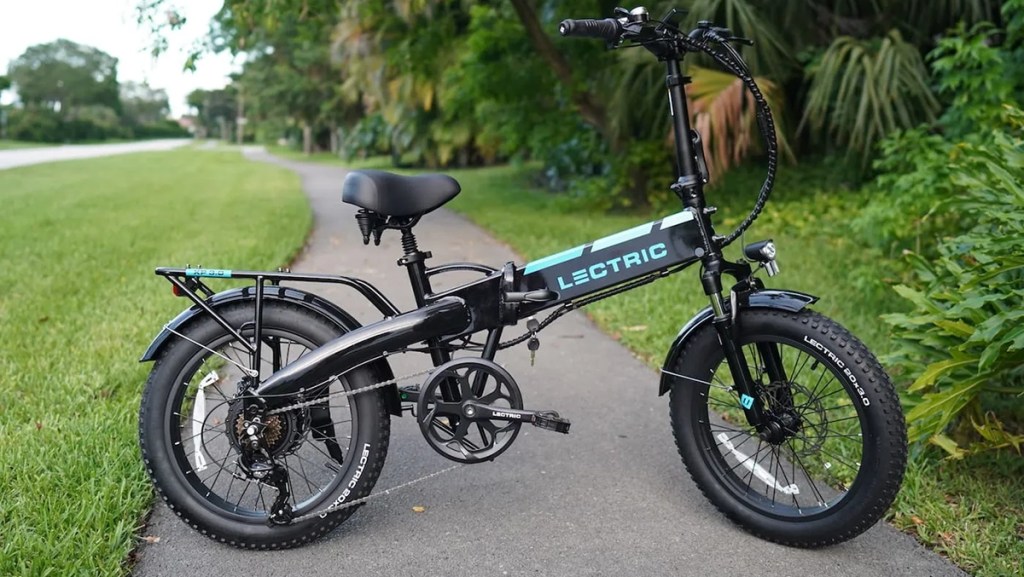
4. Maintenance is similar to regular bikes
Although e-bikes have motors and batteries, much of their maintenance is the same as traditional bikes. Regularly check tire pressure, brakes, and chain lubrication. The motor and battery may need occasional software updates or specialized care, but overall, e-bikes are designed to be user-friendly.
If you aren’t used to doing bike maintenance, then it would be a good idea to find a friendly local bike shop that can help you with occasional bike checkups, and that you can call upon if you ever need service. This is especially true if you’re buying your e-bike online from a direct-to-consumer brand, since you will be expected to perform most maintenance and repairs yourself.
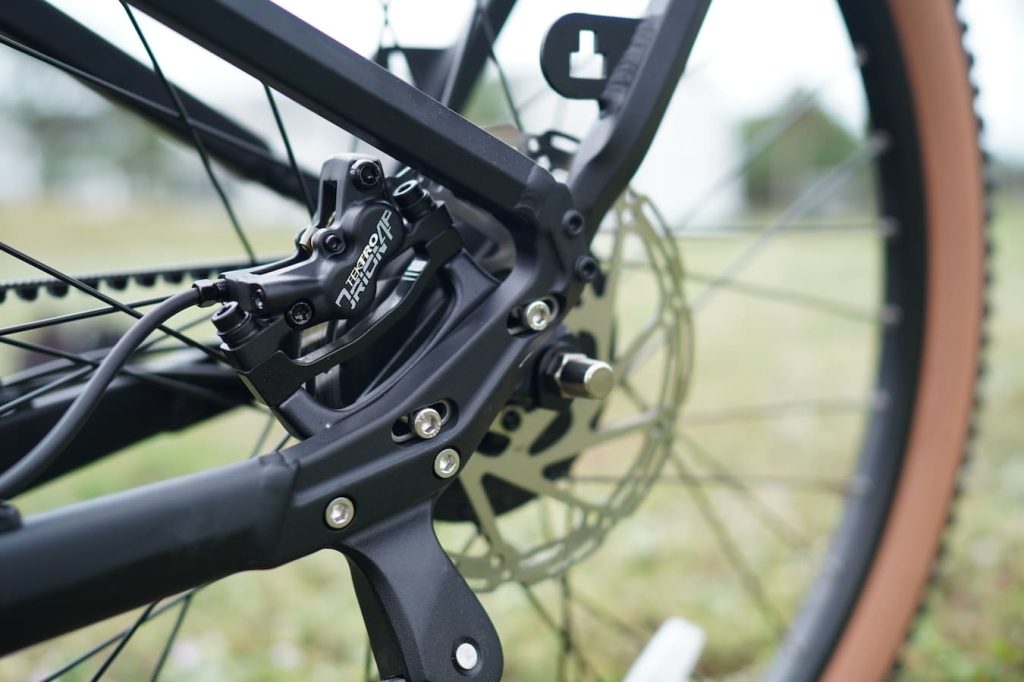
5. Battery life and charging tips
Most e-bikes come with lithium-ion batteries, which typically last for somewhere between 500-1,000 full charge cycles. This will vary depending on the type of battery cells and the care given to the battery over its lifetime.
To extend battery life, avoid completely draining the battery and try not to leave it fully charged for too long if you’re storing the bike. A general rule of thumb is that if you’re not going to use the bike for more than a week, leave the battery at slightly less than full charge, such as 80-90%. If you won’t use the bike for a month or more, such as over the winter, try to store the battery at around 50% charge.
Charging times for e-bike batteries can vary, but most e-bikes take 4-6 hours to fully recharge. You can plug them into any standard wall outlet, making charging convenient. You can also get a second charger if you’d like to keep one at work, but be sure to get the appropriate spare charger that matches your e-bike’s voltage and charge rate. It is best to purchase a replacement charger from the manufacturer of your e-bike, unless you are versed in electronics and can be sure to match the voltage and amperage correctly.

6. Pedal-assist vs. throttle mode
Most e-bikes sold in the US offer both pedal-assist and throttle modes. This is different from Europe, where nearly all e-bikes lack throttles due to local regulations.
Pedal-assist amplifies your pedaling effort, making it easier to climb hills or ride longer distances without getting tired. Throttle mode, available on Class 2 e-bikes (and most e-bikes sold in the US as “Class 3-capable”), allows you to ride without pedaling at all.
Think about how you plan to ride, as this can influence which type of bike you should get. Most Americans prefer an e-bike with a throttle so they have it just in case, but a pedal-assist only e-bike can be a great way to ensure you’re getting good exercise and not falling back on throttle use too often.

7. Weight of the bike
E-bikes tend to be heavier than traditional bikes due to the motor and battery, as well as the more rugged frame. Many e-bikes range from 45-75 pounds (20-35 kg), but lighter and heavier e-bikes can also be found.
The higher end of that range might sound intimidating, but this weight is usually not noticeable when riding. However, the extra weight of heavy e-bikes certainly can be a factor when lifting or transporting the bike. If you’ll be storing your bike in an apartment or need to carry it upstairs, consider how comfortable you are managing the extra weight.
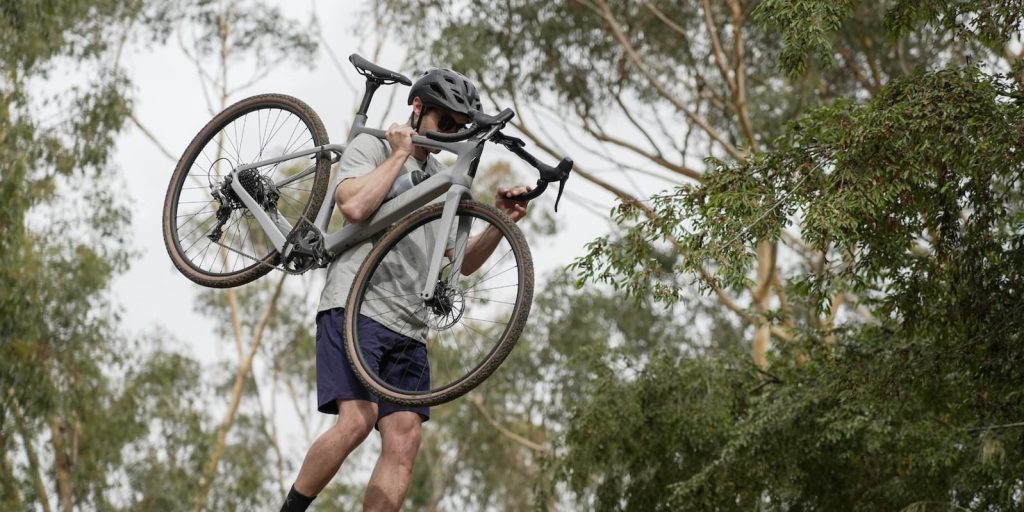
8. Invest in a good lock
Since e-bikes can be a larger investment than traditional bikes, theft prevention is crucial. At minimum, you should invest in a high-quality lock.
Ideally, two locks of different styles are preferable. For example, using a heavy U-lock or folding lock paired with a chain lock will show thieves that it’s probably not worth the extra time and risk of trying to defeat two different locks.
One of my favorite locks is the Foldylock Forever, which is compact but extremely heavy-duty and secure. You can see my review of it here.
Many e-bikes come with built-in GPS tracking or offer optional tracking devices, adding an extra layer of security. Even adding a small tracking device like an Apple AirTag can be a good idea and offer extra peace of mind.
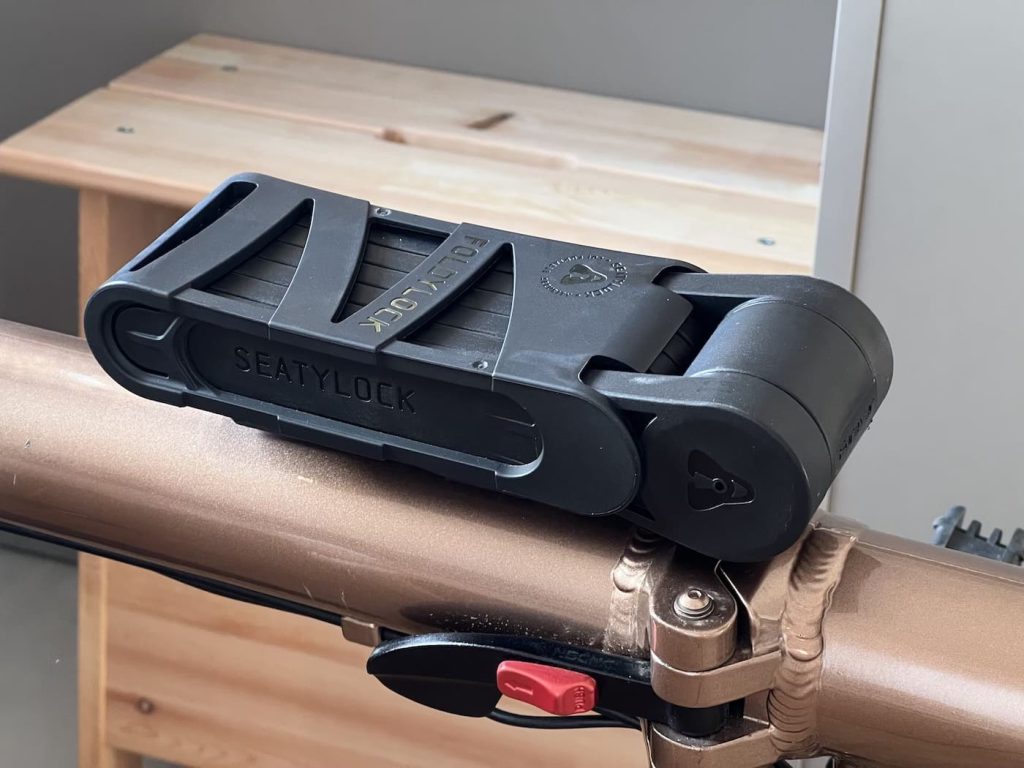
9. E-bikes can save you money
While e-bikes might seem like a significant upfront investment, they can actually save you money in the long run. By using an e-bike for commuting, you’ll save on fuel, parking fees, and car maintenance.
Additionally, charging an e-bike is extremely cost-effective compared to fueling a car—often costing just a few cents per charge.
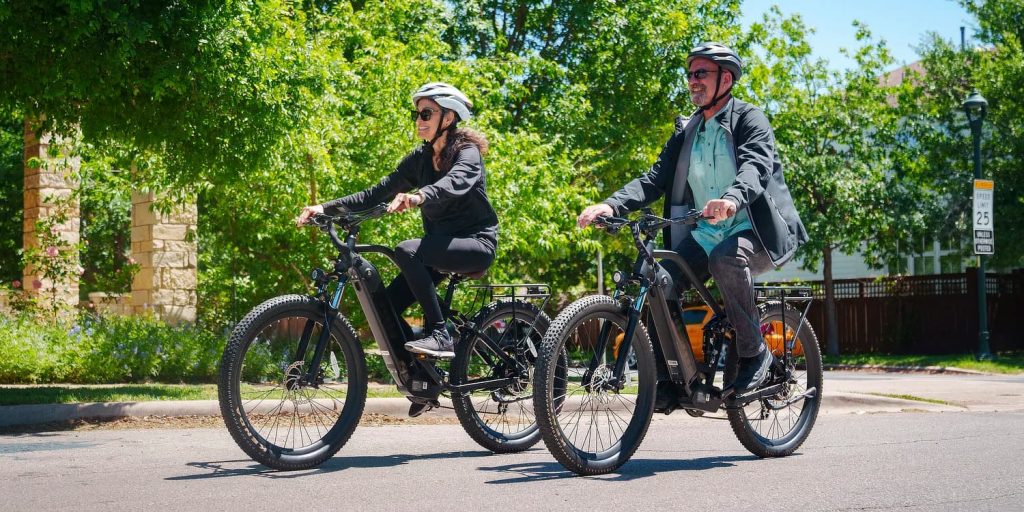
10. Test ride before you buy
Lastly, it’s always a good idea to test-ride a few different models before making a purchase. E-bikes come in many shapes and sizes—whether it’s a commuter bike, folding model, or off-road fat tire option. A test ride helps you get a feel for the bike’s comfort, handling, and features, ensuring you pick the right one for your needs.
Your local bike shop will almost certainly have several e-bike models available for you to test ride. Many of the direct-to-consumer e-bikes found online won’t have as many options for local test rides, but you may have a friend with an e-bike (or two!) who can let you give it a try.
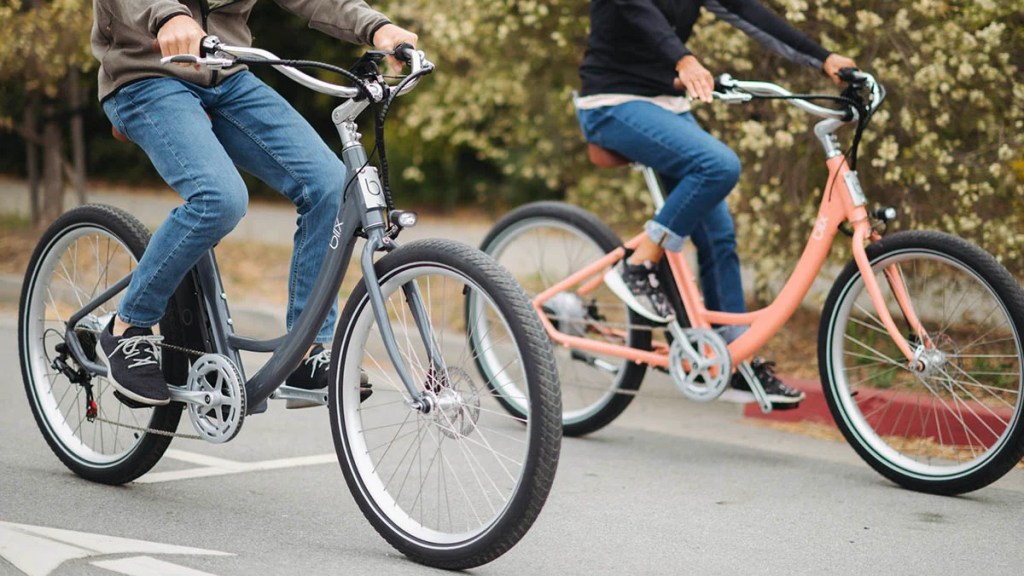
E-bikes are a fantastic way to enhance your transportation, whether for commuting, exercising, or just enjoying the outdoors.
By knowing the basics and planning ahead, you’ll be better equipped to choose the right e-bike for your lifestyle and enjoy all the benefits these versatile machines have to offer!
FTC: We use income earning auto affiliate links. More.






Comments